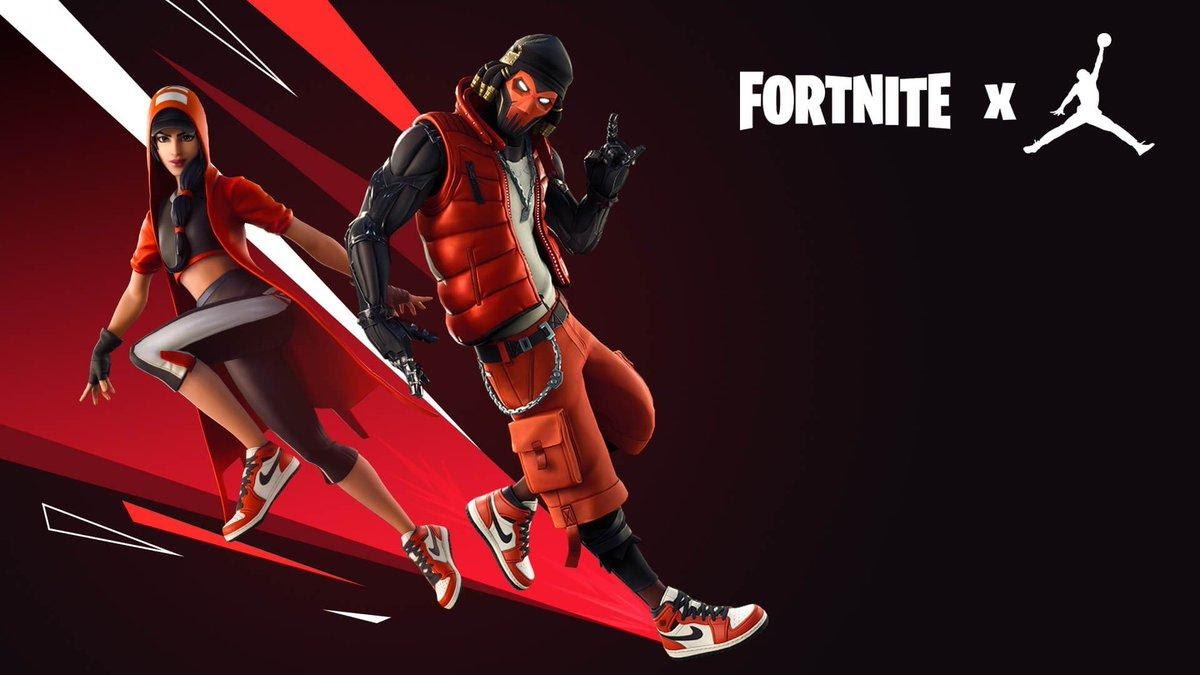
Digital
More Luxury Fashion and Beauty Brands Should Dive Into Games. Here’s Why.
by
Alexander Wei | September 11, 2020
Tapping into the world of video games should not just be a passing trend due to the impact of COVID-19. With the growing number of young luxury shoppers, this strategy might just be a long-term marketing channel to consider.
On 14 August, Japanese-inspired beauty brand Tatcha launched virtual island Tatchaland on Animal Crossing: New Horizons – the Nintendo Switch video game that has taken the world by storm. Presented in collaboration with activewear brand Alo and Nook Street Market (a trio of Animal Crossing players that create custom in-game clothing and accessories), Tatchaland serves as a virtual pop-up event for the unveiling of the beauty brand's new The Rice Wash cleanser.
In a nod to Tatcha's Japanese influence, Tatchaland is decorated with tea houses and bamboo forests reminiscent of Kyoto – the city that inspired the creation of the brand. Users can learn more about the ingredients that are used in the cleanser, as well as take part in wellness activities like yoga (in a custom Alo outfit, no less) on the island. Ahead of Tatchaland’s official launch, the brand also worked with influencers like Claire Marshall to promote the digital experience via Twitch streams and social media activations.

Fashion, beauty and gaming – industries that might seem to have little in common – have been brought together by brands in search of new consumer touchpoints in this next wave of digitalisation. Coupled with the impact of COVID-19, tapping into the gaming sphere has become more critical than ever for brands.
Finding The Silver Lining In Games
In March this year, as the novel coronavirus began to spread in Europe and the United States, countries adopted strict lockdowns and social distancing was widely observed. When social simulation game Animal Crossing: New Horizons was released by Nintendo on 20 March, it quickly rose to popularity as an escape from reality for players all over the globe. In this virtual world, users could visit their friends’ islands or focus on building their own – serving as a form of solace for those developing cabin fever in the confines of their home.
Consumers’ growing thirst for games is directly reflected in Nintendo’s performance. According to the company’s financial results for the second quarter ended 30 June, Animal Crossing: New Horizons took top spot in terms of sales with 10.61 million units. Cumulative sales of the game since its launch came in at 22.40 million units, surpassing the total sales of the game franchise’s previous edition, Animal Crossing: New Leaf, clocked over the past eight years. The company’s operating profit soared by 428 per cent to 144.7 billion yen that quarter.
With their real-world activities being restricted, people started turning to Animal Crossing as a virtual habitat. With built-in customisation mechanisms, players could personalise their avatars and living spaces, allowing them to live out their alternate lives online.
This consumer behaviour has not gone unnoticed by brands. With offline marketing events interrupted because of the pandemic, brands have been jumping on the bandwagon and creating in-game branded spaces to connect with millions of users. Tatcha was not alone in seizing this opportunity. Parfums Givenchy teamed up with Nook Street Market to launch customised skins around its signature products, such as its Prisme Libre powders and Le Rouge lipsticks, while fashion brands Marc Jacobs and Valentino partnered with Animal Crossing Fashion Archive to bring selected looks from their collections in-game and available for download.
Animal Crossing might be a temporary marketing platform during this particular time, but given the rise of Gen Z’s spending power, leveraging games as a brand communication channel in the long-term is worth considering. The game may eventually grow stale and the Nintendo Switch might become obsolete, but video games will never fall out of favour with these digital natives.
Digital Is Real Life
According to The State of Fashion 2019 report released by McKinsey & Company and The Business of Fashion, Generation Z represents around $150 billion worth of spending power in the US alone, and will account for 40 per cent of global consumers by 2020. Therefore, developing a digital marketing strategy that is aligned with this generation and their preferences is critical for brands that want to maintain its foothold in the market.
These consumers are born in the era of digital and have grown up with tech companies such as Sony, Apple, Facebook and Amazon. Their digital identity is as important to them as their real lives, and they are willing to shell out real cash to enhance their virtual appearances in-game. According to data from Juniper Research, spending on in-game loot boxes and skins gambling is forecasted to reach $50 billion by 2022.
Epic Games’ free-to-play battle royale title Fortnite reported a revenue of $2.4 billion in 2018 – mainly from character skins and emotes (special moves). Air Jordans, one of the most highly-sought after sneaker lines, identified this opportunity and launched a co-branded bundle and a time-limited challenge. The bundle featured two outfits called Grind and Clutch and Air Jordan’s star sneaker, the Air Jordan 1.

For the younger generation, games have become more than just an outlet for blowing off steam after a long day. Their avatars in the virtual world are instead extensions of their real selves, blurring the lines between reality and games. This creates an interesting space where brands can leverage games as a platform for targeting consumers at the early stages of the consumer journey, generating awareness and interest in products which can then potentially lead to a physical purchase.
From Exposure To Sales
Some brands have already taken a step further in this crossover with the gaming industry, bringing experiences to videos game and real life at the same time. Two-decade-old series The Sims has launched expansion packs with several fashion brands – like H&M and Diesel – over the years. Last year’s collaboration with Moschino, however, saw the brand debuting an in-game stuff pack, as well as a real-life capsule collection inspired by The Sims.

In 2019, a tie-up between Louis Vuitton and Riot Games’ League of Legends saw the fashion house’s artistic director of women’s collections, Nicolas Ghesquière designing two Prestige skins for virtual hip-hop group “True Damage” for the League of Legends World Championship opening ceremony. Players could also purchase these skins on the day of the championships. The luxury label went on to debut a 40-piece collaboration collection with the video game title afterwards.
If there is anything these collaborations have shown the world is that industries do not exist in a vacuum, and that there is much room for exploration with other product categories based on the diverse interests of the target audience. Over time, brands have become aware of the potential of the gaming industry and the versatility of consumer profiles.
The luxury industry is one that sells dreams and fantasies – ones that not only incentivise consumers but also challenge the boundaries of the industry. Faced with a new generation of consumers and their ever-changing shopping patterns, it will be crucial for brands to embrace the unknown to discover new touchpoints while maintaining their heritage and identity.
Cover Image: SDP

